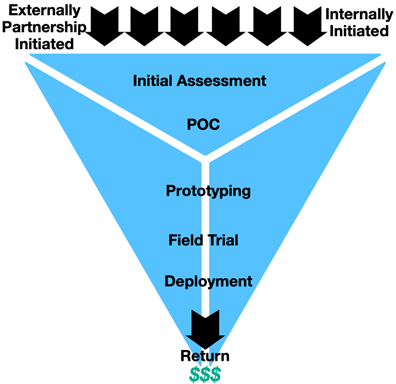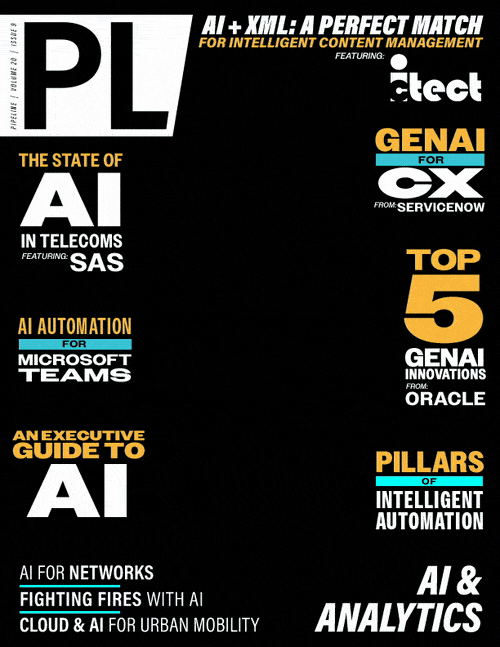An Executive Guide to AI
Developing an AI Innovation Ecosystem
There are three stages of technology evolution: Stage 1, denial; Stage 2, implementation of the old paradigm with the new technology; Stage 3, realization of the new paradigm with the new technology. With GenAI, we are currently in the transition from Stage 2 to Stage 3. It is difficult to predict how long a Stage 2 to 3 transition will take to complete. In the case of the PC it took a decade.
For GenAI, Stage 2 is the use of GenAI to enhance the browser function. Stage 3 is unclear. During this transition period there will be lots of good ideas about how best to take advantage of the new technology. Unfortunately, many of those good ideas will not pan out; it is therefore prudent to take a portfolio approach, i.e., to develop a portfolio of implementation initiatives that are focused on capturing benefits for the enterprise. Some of these initiatives will fail and some will succeed.
The successful leaders will implement an AI innovation ecosystem as shown below in Illustration 3. Such an innovation ecosystem recognizes that: 1) key expertise lies outside of the enterprise; 2) business dynamics are well understood internally within the enterprise; and 3) not all good ideas will pan out.

Illustration 3. AI Innovation Ecosystem
Innovation ecosystem leaders create a culture with organization structures, policies, and procedures that work like a funnel. They constantly bring in good ideas and assess them for technical feasibility, organization benefit, and risk, picking the best for early Proof of Concept (POC) work, then picking the most promising POCs for further prototyping. They then assess the prototypes, pick the best prototypes for field trials, then assess the field trials, and finally pick the best field trials for full scale deployment. Once the GenAI Stage 3 paradigm becomes clear, the ecosystem funnel may be directed at other disruptive technologies.
From the leadership point of view, this kind of ecosystem benefits organizations that communicate well and foster a culture that supports innovation. Establishing this culture is a key executive objective and is created by both direction and example. The result will be a whole organization in sync. Staff will be comfortable that they are not expected to know everything. Partnering with outside organizations and individuals who bring valuable knowledge and expertise will not diminish staff members. Everyone, including outside investors, funders, and partners, will understand that failure is part of the process. All will embrace that the whole purpose of the innovation ecosystem funnel is to provide a failure process that minimizes cost and maximizes potential benefits at each step.
Conclusion
As an executive running an enterprise, trying to become an expert in AI technology is a daunting task. Ignoring AI technology, on the other hand, is a path to unfortunate outcomes. In a third alternative, executives who use the GenAI proposal check list to continuously fill the funnel of an innovation ecosystem will capture significant benefits while avoiding costly mistakes.



















